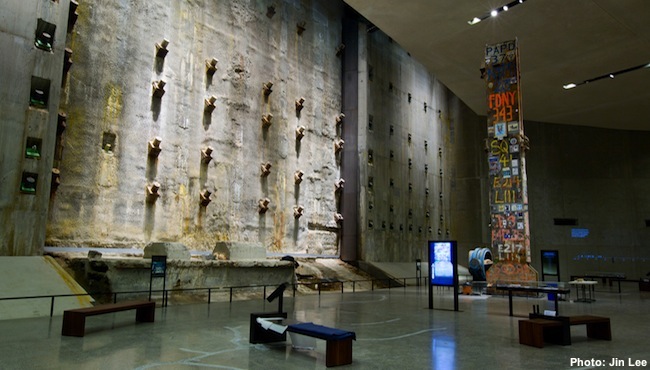The National September 11 Memorial and Museum yesterday recognized the completion of the 9/11 Memorial Museum, upholding a commitment to honor the heroes, remember the victims, and preserve the history of the 9/11 attacks, their precursors, and aftermath for generations to come.
A tribute-filled, days-long Dedication Period, which includes a ceremony and Museum previews, begins today and lasts through May 20 for 9/11 families, 9/11 rescue and recovery workers, active duty first responders, survivors, and lower Manhattan residents and business owners.
Keeping the Museum's doors open for 24 hours during this period will also serve as a small tribute to the thousands of Ground Zero rescue and recovery workers who worked around the clock in the aftermath of 9/11 as the city, the nation and the world supported them. The Museum then opens to the public on May 21.
“The opening of the 9/11 Museum is an important milestone for our city and our country,” said Michael R. Bloomberg, Chairman of the 9/11 Memorial & Museum, Philanthropist and Mayor of New York City from 2002-2013. “The Museum tells heartbreaking stories of unimaginable loss, but also inspiring stories of courage and compassion."
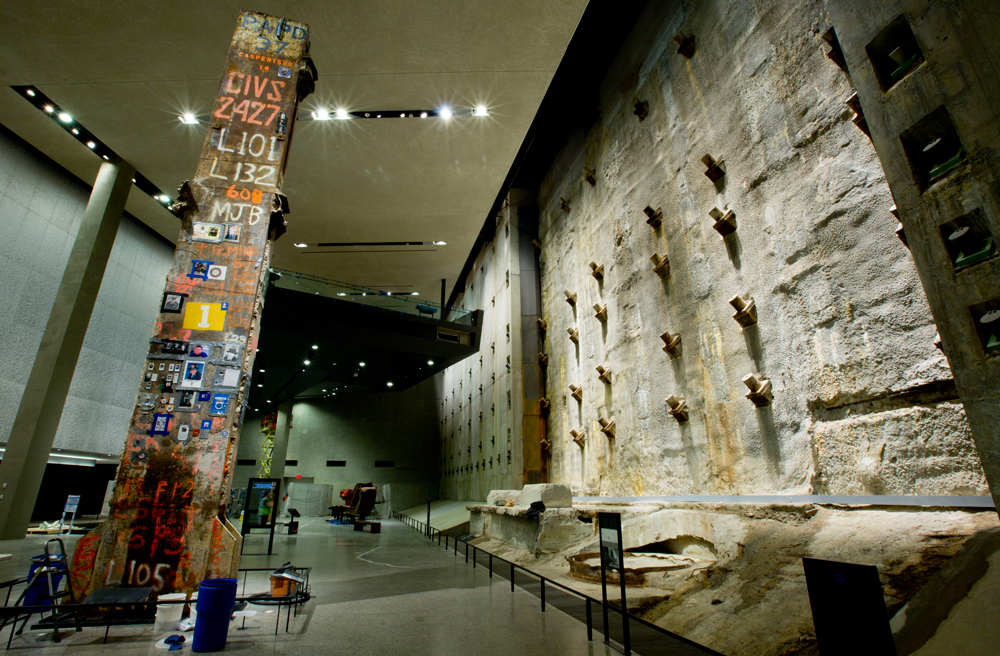
As the recovery at the World Trade Center site neared completion, the Last Column, a 58-ton, 36-foot-tall piece of welded plate steel, was removed from the site in a solemn ceremony on May 30, 2002. In the weeks that followed, recovery workers, first responders, volunteers and victims’ relatives signed the column and affixed to it memorial messages, photographs, and other tributes. Photo: Jin Lee / Courtesy 9/11 Memorial Museum
Davis Brody Bond is the lead architect on the Museum below the Memorial plaza. The Museum’s entry pavilion was designed by Snøhetta. The museum’s 110,000 square feet of exhibition space tells the story of 9/11 through multimedia displays, personal narratives and a collection of monumental and personal artifacts.
The space includes two core exhibitions at the archeological heart of the site: the memorial exhibition, called “In Memoriam,” and a three-part historical exhibition that explores the day of the attacks, what led to them and their aftermath. The exhibition designers include Thinc, Local Projects, and Layman Design.
“The magnitude of the historic importance of the site and its symbolism made it essential for us to find a balance between the collective and the individual experience,” said Steven M. Davis, FAIA, founding partner of Davis Brody Bond. “We relied on four principles to guide our work: memory, authenticity, scale and emotion, hoping to provide the most sensitive, respectful and informative experience for visitors.”
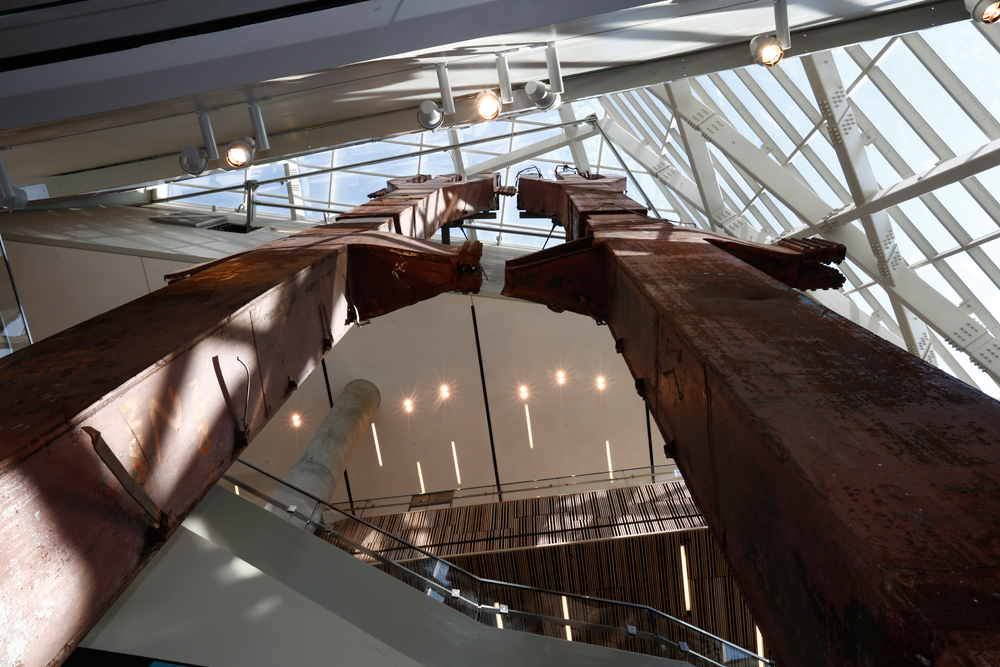
Recovered from the World Trade Center Site after September 11, 2001, these steel “tridents” once formed part of the exterior structural support of the east façade of 1 World Trade Center (North Tower). Welded to box columns at bedrock, 70 feet below street level, these branched from one column into three prongs at the fifth story. They are located in the Museum’s entry pavilion. Photo: Jin Lee / Courtesy 9/11 Memorial Museum
Davis Brody Bond's design essay on the 9/11 Memorial Museum
The 9/11 Memorial Museum was conceived as the global focal point for presenting and preserving the history and memories of the events of 9/11, documenting the impact of the attacks and exploring their enduring significance. The Museum is located beneath the 9/11 Memorial at the World Trade Center.
Descending nearly 70 feet to the original footprint of the World Trade Center towers, its 110,000 square-foot interior will give visitors access to the monumental underground site where remnants of the Trade Center’s construction and recovery frame the story of the terrorist attacks and the days that followed.
Confronting the physical void left at the end of the recovery process, the spaces of the museum are revealed, progressively disclosing the various elements of collective and personal memory of the event.
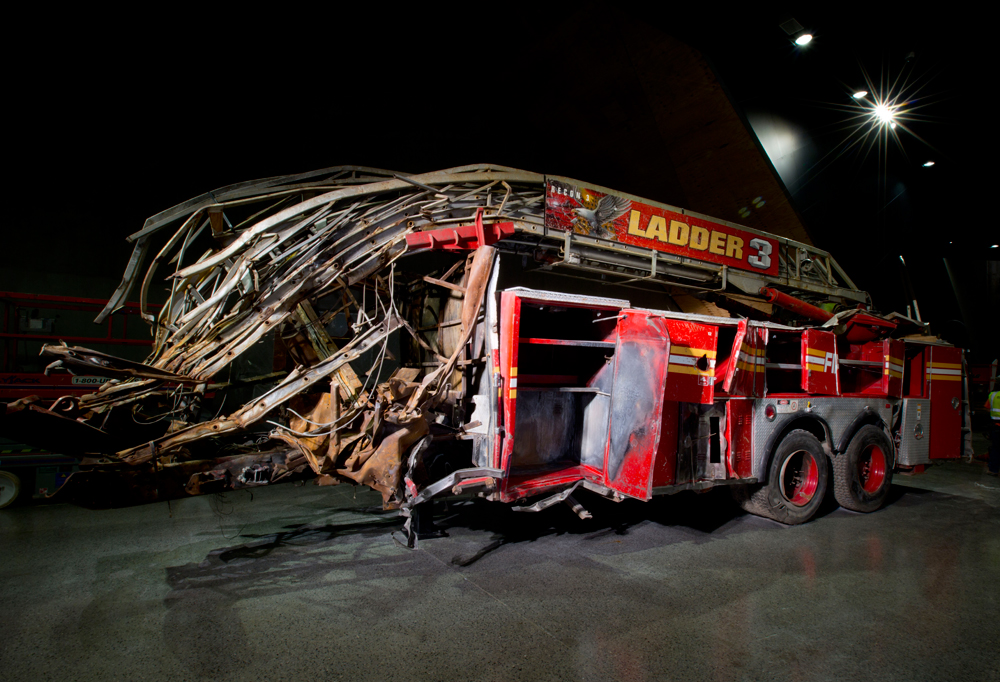
Assigned to aid in the evacuation of civilians in the North Tower on 9/11, members of FDNY Ladder Company 3 are known to have reached the 35th floor by 9:21 a.m. All 11 responding members of Ladder Company 3 were killed inside the North Tower when it collapsed at 10:28 a.m. The front cab of this fire truck was shorn off when the North Tower collapsed. The bumper and a door were later removed and displayed as a memorial in Ladder Company 3’s quarters on East 13th Street in Manhattan. The inscription “JEFF WE WILL NOT FORGET YOU!” was painted by a firefighter related to Jeffrey John Giordano, a Ladder Company 3 member who was killed on 9/11. Photo: Jin Lee / Courtesy 9/11 Memorial Museum
Given a fixed set of existing geometries at the site, we were faced with the challenge of translating them into a series of coherent spaces that are punctuated by surface, texture and volume. We chose as the space’s main narrative element a gently descending procession (dubbed “the Ribbon”) that guides visitors from the plaza to the bedrock level where the cut columns of the World Trade Center towers are revealed.
The “ribbon” evokes the ramp used to remove debris from the site in the aftermath of the attacks. It also offers multiple views of the slurry wall, the original retaining wall that was built to withstand the lateral forces of landfill and river, and which survived the collapse of the towers.
At the end of the ribbon, the descent continues down along the Vesey Street Stair (“Survivors’ Stairs”), which were used by hundreds to escape to safety on 9/11. It ultimately leads to two exhibition spaces and Foundation Hall, the Museum’s culminating space whose sheer scale conveys a sense of the enormity of the site and reinforces awareness of the absence of what once was there.
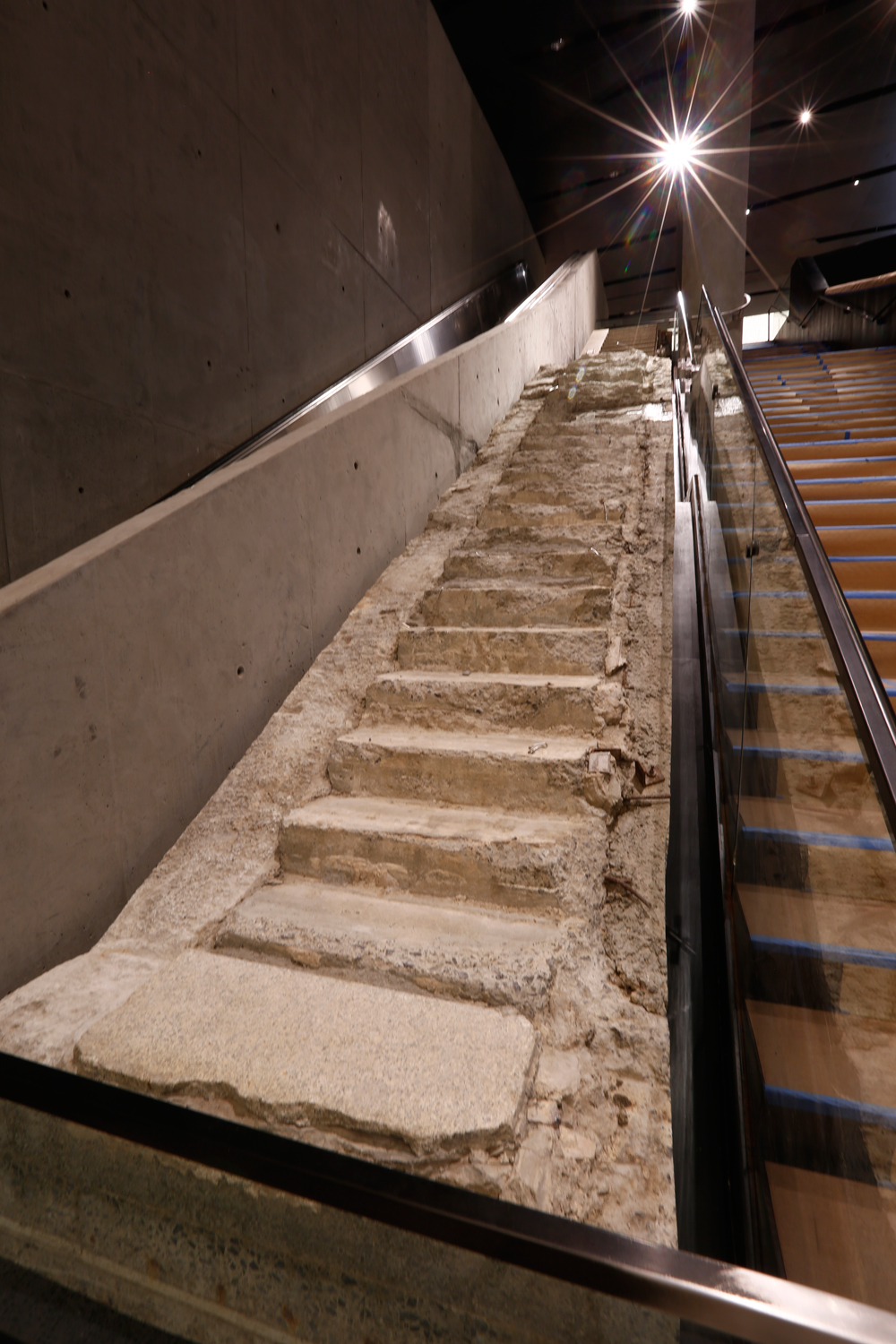
The Vesey Street stairs, or Survivors’ Stairs, once connected the northern edge of the World Trade Center Plaza to the Vesey Street sidewalk below. On September 11, 2001, the stairs and an adjacent escalator provided an unobstructed exit for hundreds seeking to escape. Photo: Jin Lee / Courtesy 9/11 Memorial Museum
The Building Team also included:
- Lend Lease – Construction Manager
- WSP - Structural Engineering
- Guy Nordenson and Associates - Structural Engineering: Slurry Wall
- Simpson Gumpertz & Heger, Inc. - Structural Engineering: Slurry Wall
- Weidlinger Associates Consulting Engineers - Blast Design
- Jaros Baum & Bolles - MEP Engineering/Vertical Transportation
- Fisher Marantz Stone - Lighting Designer
- Langan Engineering & Environmental Services - Geotechnical Engineering
- Mueser Rutledge Consulting Engineers - Geotechnical Engineers: Slurry Wall
- Code Consultants Inc. - Code Consulting
- Cerami & Associates, Inc. - Acoustical and Vibration Design
- C&G Partners - Graphics
- Higgins & Quasebarth - Historic Preservation
- ARUP - Security Design
- Viridian Energy & Environmental, LLC - Sustainability Consultant
- Wiss Janey Elstner, Associates - Building Envelope and Waterproofing
- Construction Specifications, Inc. - Specifications
- Faithful + Gould - Cost Estimating
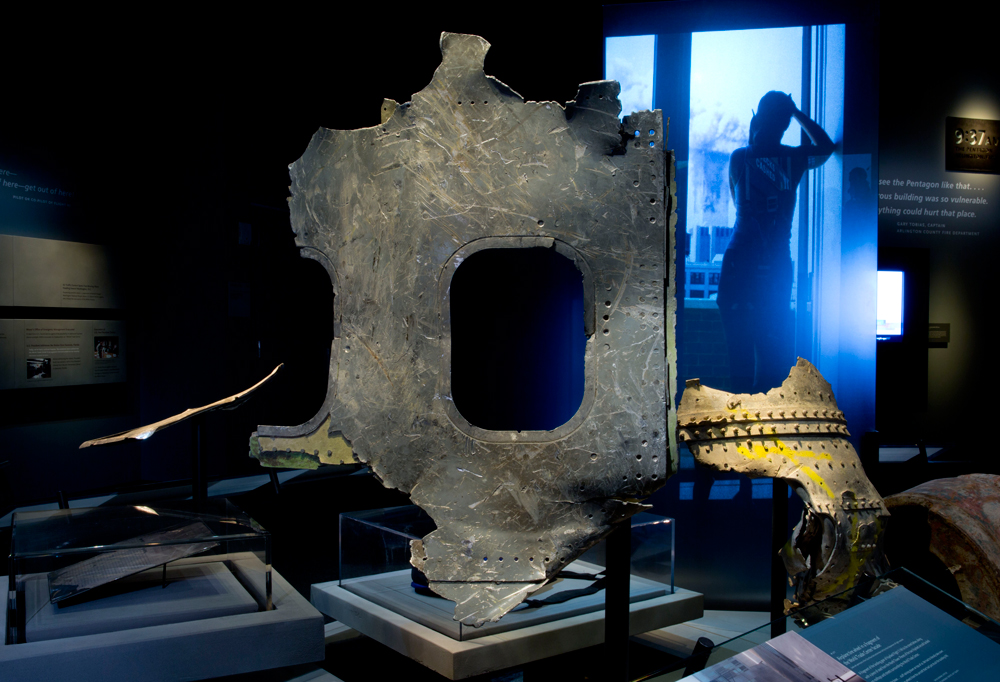
Photo: Jin Lee / Courtesy 9/11 Memorial Museum
Lend Lease's statement on the project
Lend Lease is proud to have served as the construction manager for the National September 11 Memorial and Museum. The Memorial part of the structure was opened on September 11, 2011 in commemoration of the 10th anniversary of the terrorist attacks of September 11, 2001.
The Museum occupies approximately 180,000 gross sf of space spread over three below-grade levels. These levels include lobby, security, visitor services, assembly, administrative, exhibition, education, support service and loading bay spaces. The Museum and Entry Pavilion are located on the western edge side of the Memorial quadrant. Below grade, the Memorial Museum is bound by the Memorial plaza overhead, the Memorial pools, shared support spaces, the central chiller plant, the Port Authority Trans-Hudson (PATH) tracks and terminal and the slurry wall.
Visitors will enter the Museum through the Entry Pavilion which houses an auditorium, a private room for victims’ families and support functions such as information, bathrooms, way–finding, security and elevators. The Museum’s “Memorial Hall,” contains exhibition space located at the first level of the original World Trade Center (WTC) below grade.
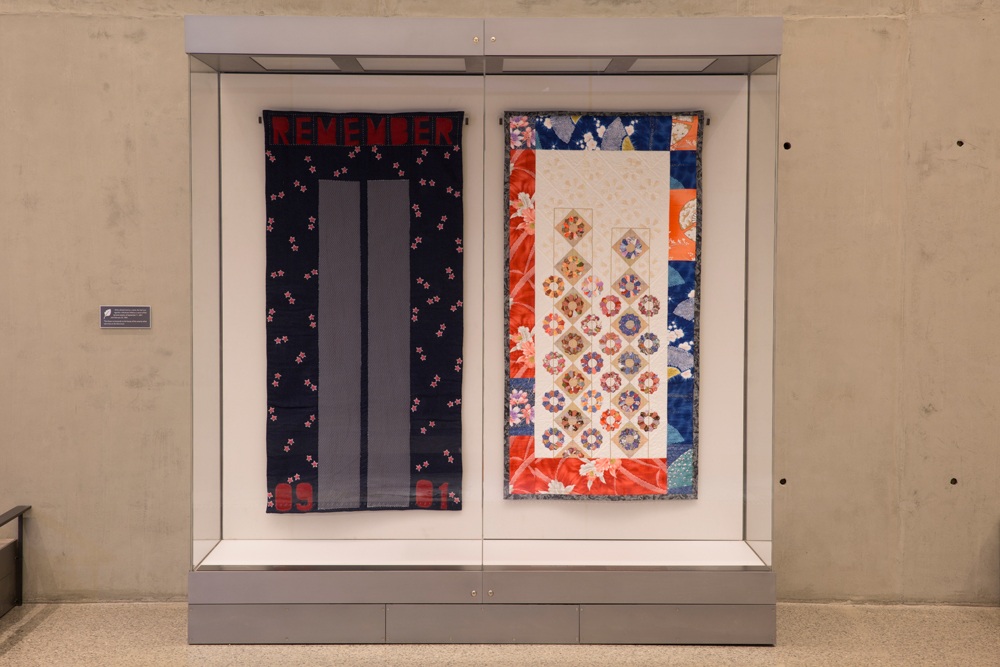
Photo: Jin Lee / Courtesy 9/11 Memorial Museum
The lowest level at bedrock features the original west slurry wall which is supported by a counter fort system and the remaining west slurry wall with a concrete reinforced liner. The original tower footprints are defined by the preserved original box column remnants which are visible and accessible to visitors.
The National September 11th Museum is targeting a LEED-NC Gold rating upon project completion. To reduce the impact on the local environment, stay in compliance with the World Trade Center Sustainable Design Guidelines, and Lower Manhattan Environmental Performance Commitments. All diesel-powered construction equipment on the project was retrofitted with diesel particulate filters and used ultra-low sulfur diesel, and all impact equipment was fitted with mufflers or noise blankets. Furthermore, concrete wash-off water was treated before it was discharged to the storm sewer, protecting neighboring water bodies from possible adverse effects from lime.
To reduce resource use and waste to landfill, the project achieved 75% diversion of construction and demolition waste from land fill. To accomplish this goal waste was sorted on site into individual recyclable material categories. This project filtered, dewatered and pumped surface water on site for construction purposes, such as fugitive dust control and wheel washing. To conserve water during operation, the pavilion has a storm water collection and treatment system that allows water to be reused for irrigation.
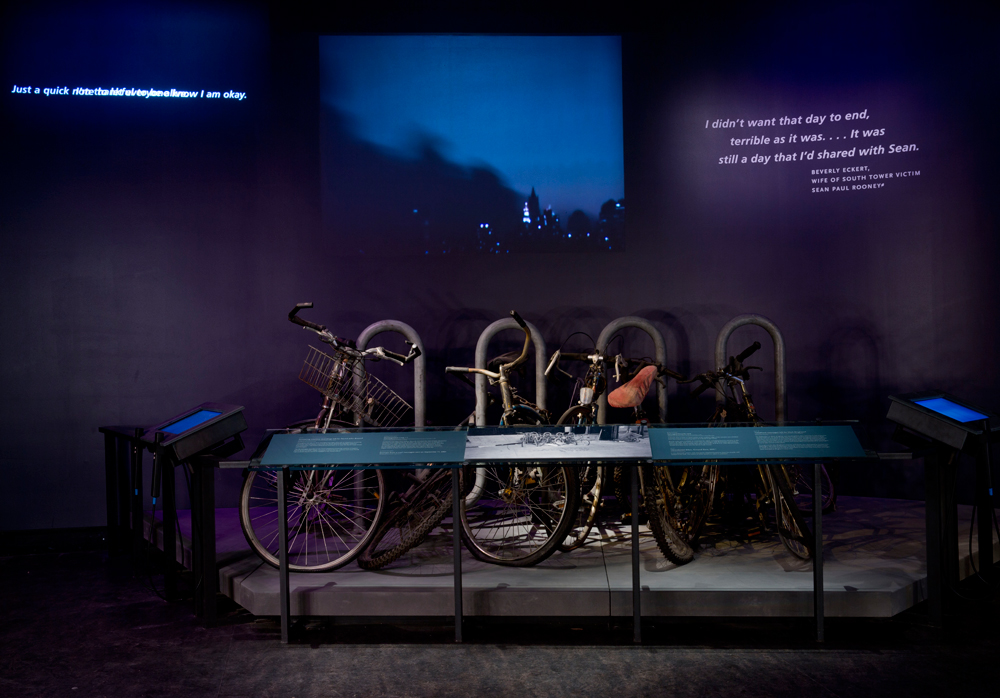
Photo: Jin Lee / Courtesy 9/11 Memorial Museum
To optimize the quality of the indoor environment, Lend Lease developed and implemented a Construction IAQ Management Plan that protected the HVAC system from dust during construction, protected materials from moisture damage.
The pavilion has a light-colored, highly reflective roof to preclude the “heat island effect” (hot spot) black roofs create. To reduce operating costs and carbon emissions premium efficiency chillers/equipment and occupancy sensor controlled lighting were used. Further, the client hired a third-party Commissioning Authority to validate the performance of the mechanical, lighting and domestic water systems.
Since September 11, 2011, Lend Lease has had the honor of working on the WTC site. Lend Lease and three other contractors were assigned by the City of New York to conduct recovery efforts. As the recovery effort moved into the next phase, Lend Lease was designated the lead contractor overseeing the entire cleanup operation. For 265 days Lend Lease staff lead, coordinated, and worked with the New York Police and New York City Fire Department’s personnel and thousands of volunteers to complete the recovery operation. Over 1.6 million tons of debris was removed from the site during the recovery phase over.
For more on the 9/11 Memorial and Museum, visit 911memorial.org.
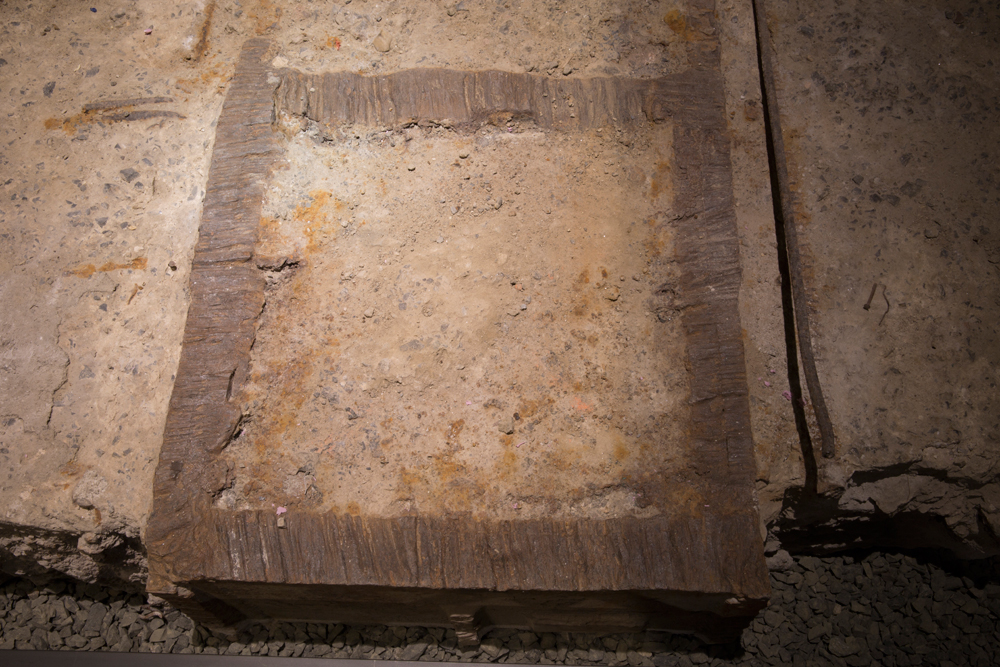
Photo: Jin Lee / Courtesy 9/11 Memorial Museum
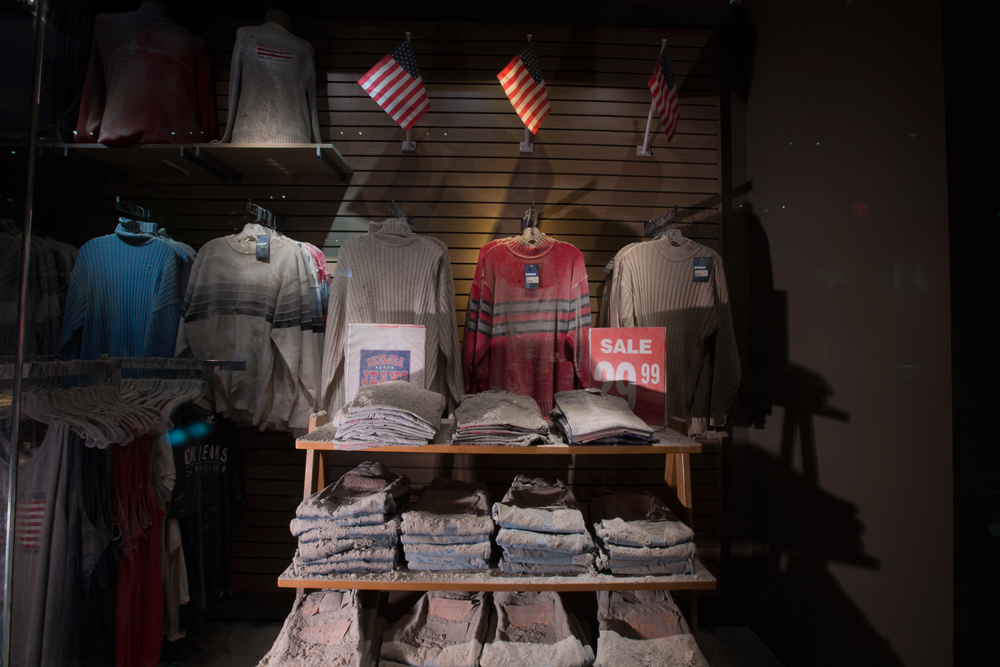
Photo: Jin Lee / Courtesy 9/11 Memorial Museum
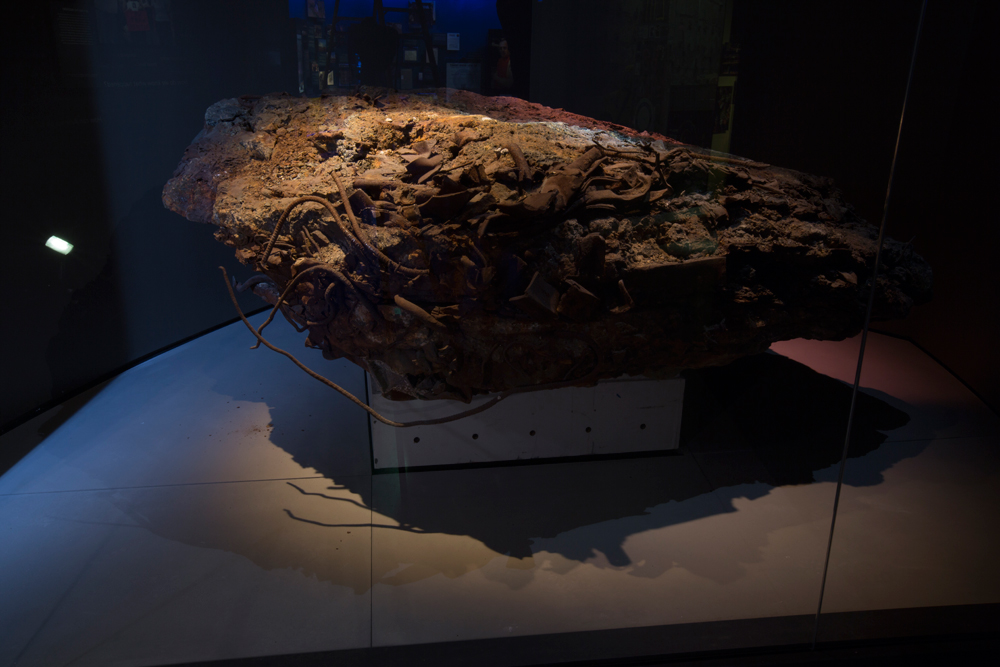
Photo: Jin Lee / Courtesy 9/11 Memorial Museum

When hijacked Flight 11 struck the North Tower, it severed elevator cables and trapped hundreds of people above floor 93. Below the impact zone, most on floors lower than 92 were able to evacuate via the stairs. This elevator motor, the largest model in the world when installed, powered one of the express or service cars, which moved at a speed of 1,600 feet per minute. Photo: Jin Lee / Courtesy 9/11 Memorial Museum
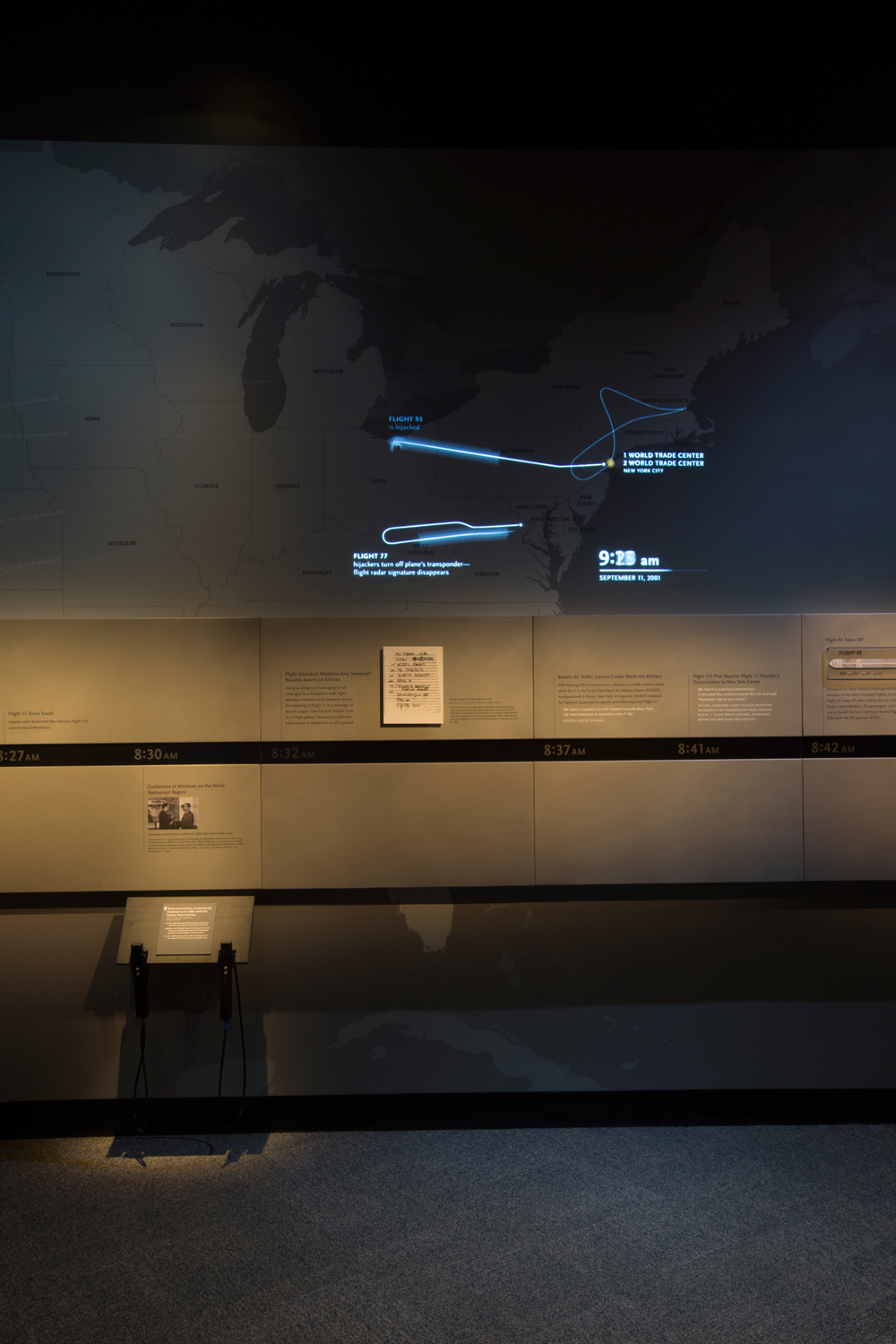
Photo: Jin Lee / Courtesy 9/11 Memorial Museum
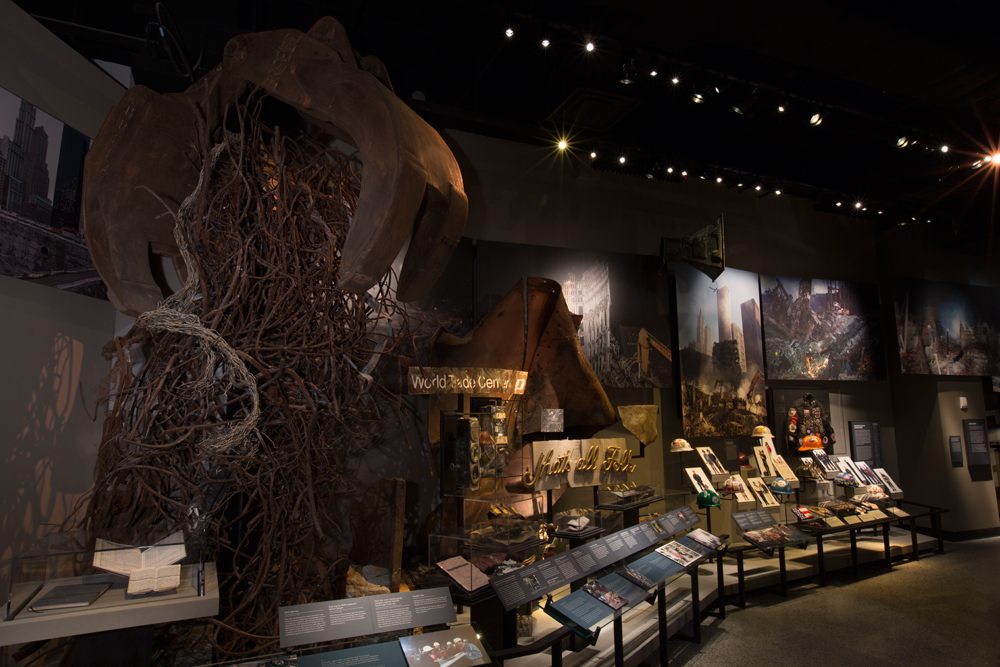
Photo: Jin Lee / Courtesy 9/11 Memorial Museum
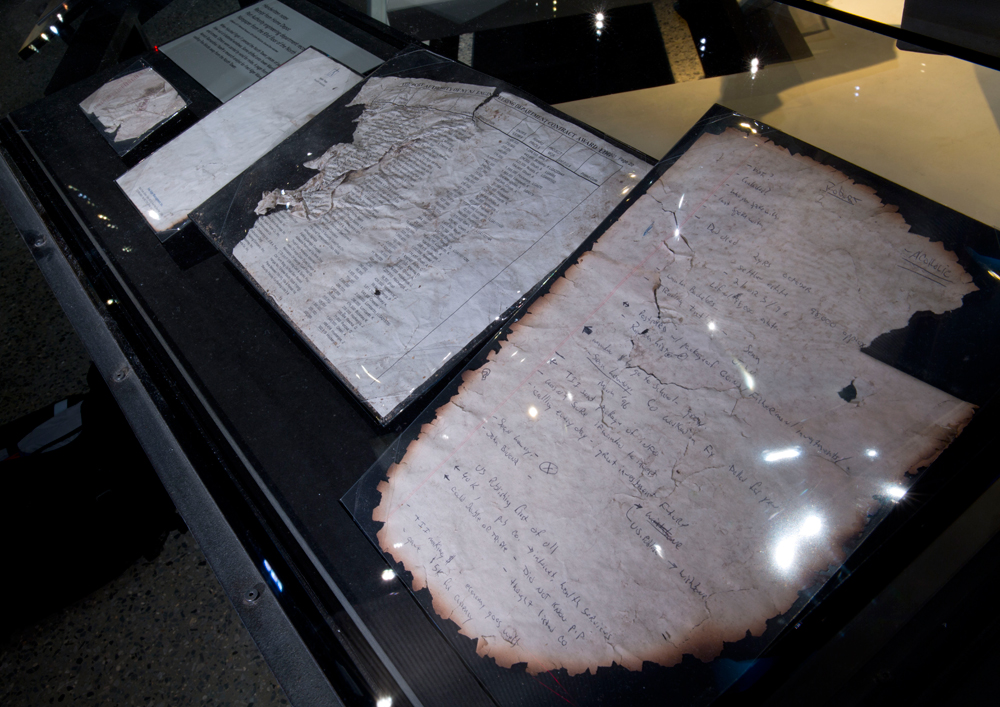
Photo: Jin Lee / Courtesy 9/11 Memorial Museum
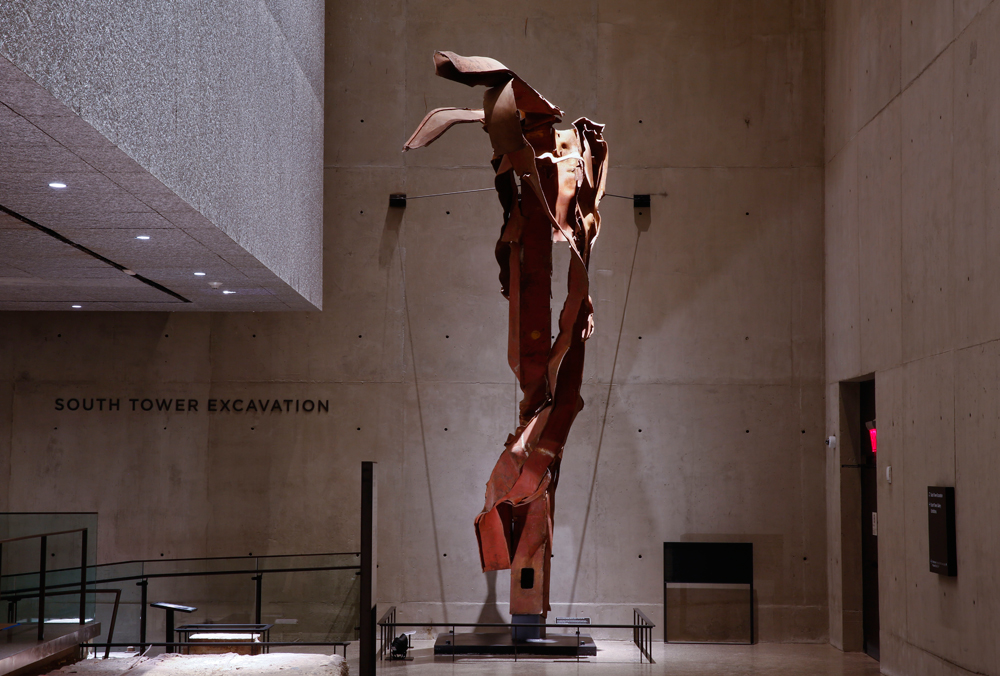
This piece of steel, once part of the façade of the North Tower, was located at the point of impact where hijacked Flight 11 pierced the building from floors 93 through 99. A companion piece of façade steel from floors 93 through 96 is displayed in the South Tower Excavation. Photo: Jin Lee / Courtesy 9/11 Memorial Museum
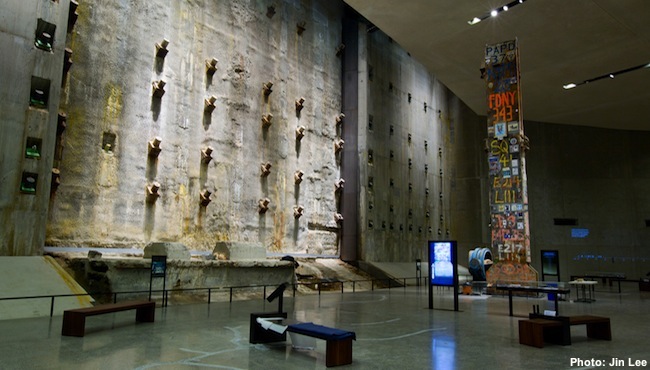
Photo: Jin Lee / Courtesy 9/11 Memorial Museum
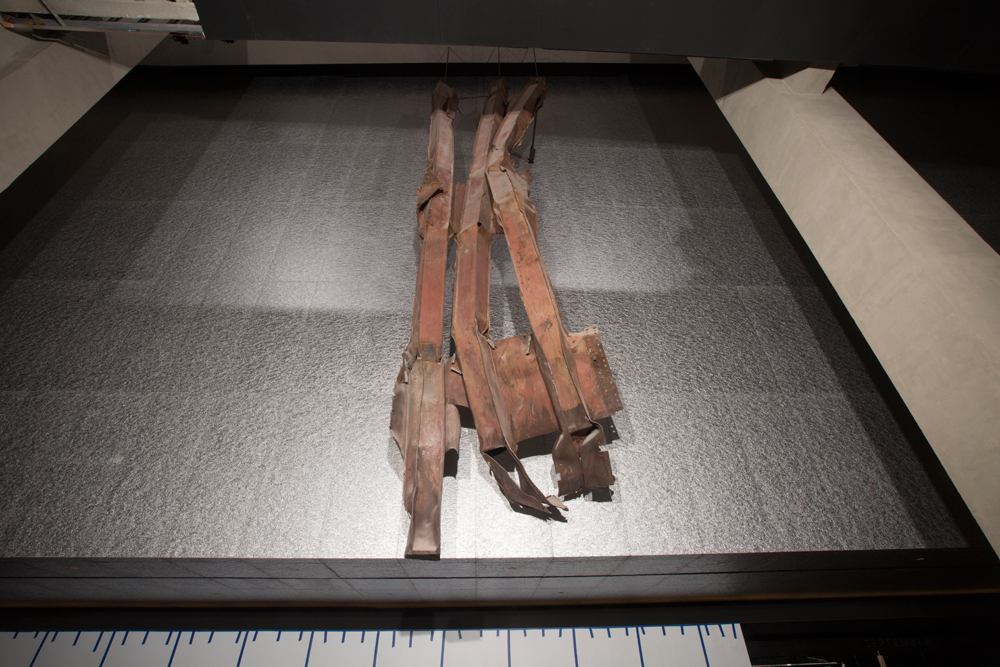
Photo: Jin Lee / Courtesy 9/11 Memorial Museum
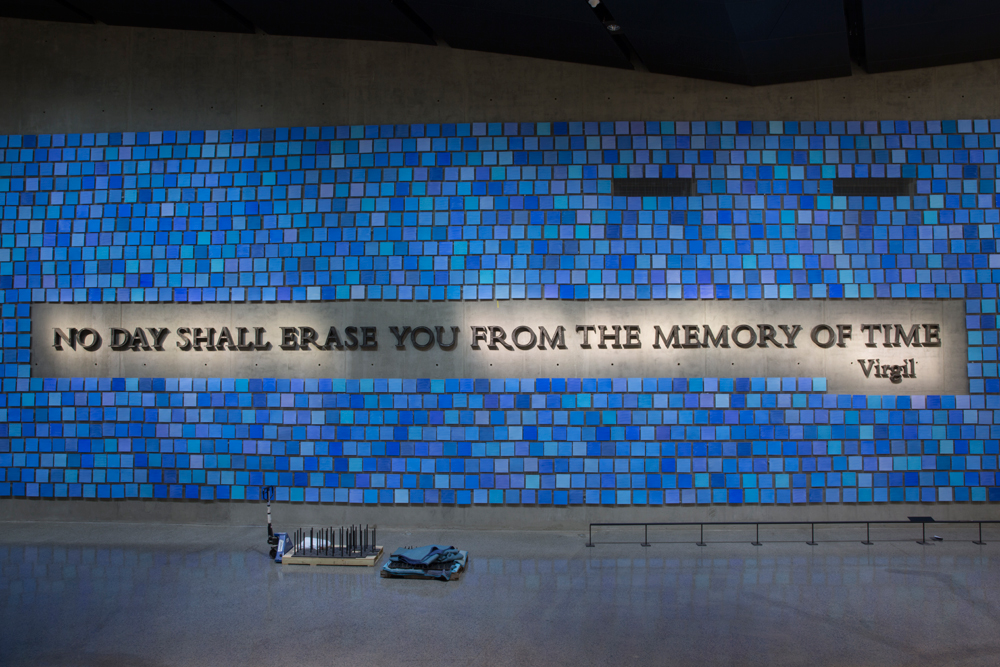
The letters of the quotation from Virgil’s “Aeneid” were forged out of remnant World Trade Center steel by New Mexico blacksmith Tom Joyce (American, b. 1956). Photo: Jin Lee / Courtesy 9/11 Memorial Museum
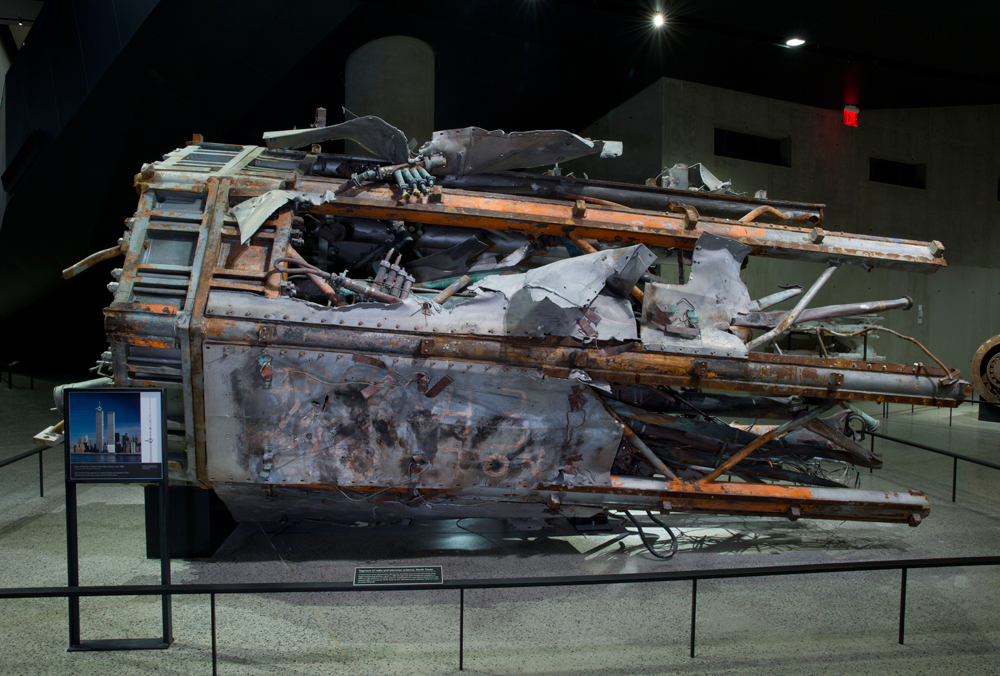
This 19.8-foot-long fragment was about one-twentieth of the 360-foot-tall transmission tower atop the North Tower. Six broadcast engineers affiliated with five television stations were working from offices on floors 104 and 110 of the North Tower on 9/11. None of the engineers survived. Transmissions for most stations failed shortly after hijacked Flight 11 pierced the North Tower. All transmissions ceased by 10:28 a.m., when the tower collapsed. Photo: Jin Lee / Courtesy 9/11 Memorial Museum
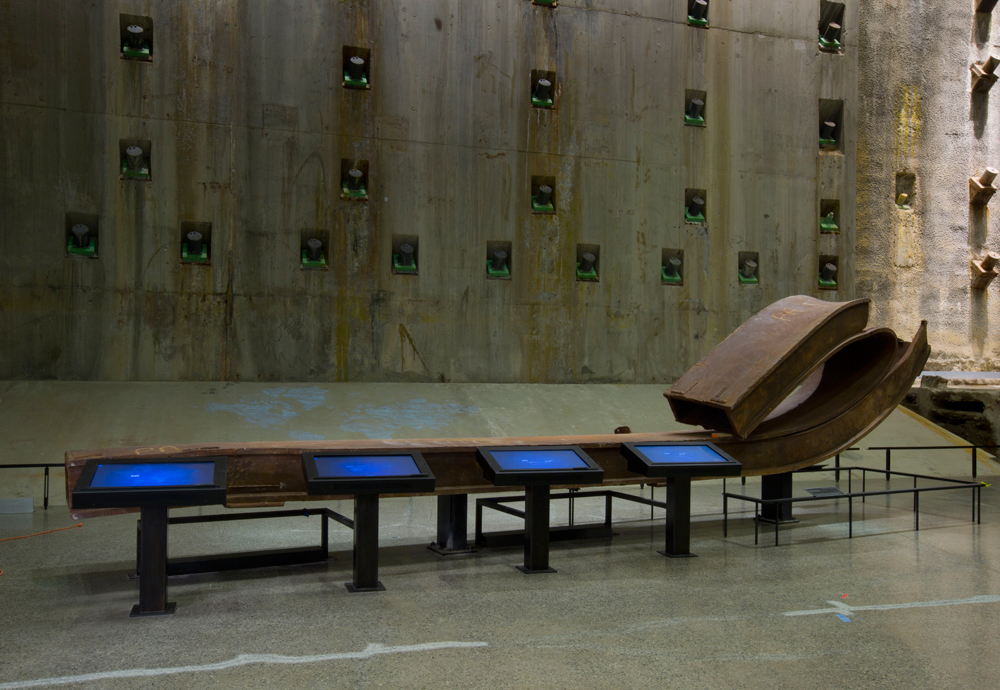
Photo: Jin Lee / Courtesy 9/11 Memorial Museum
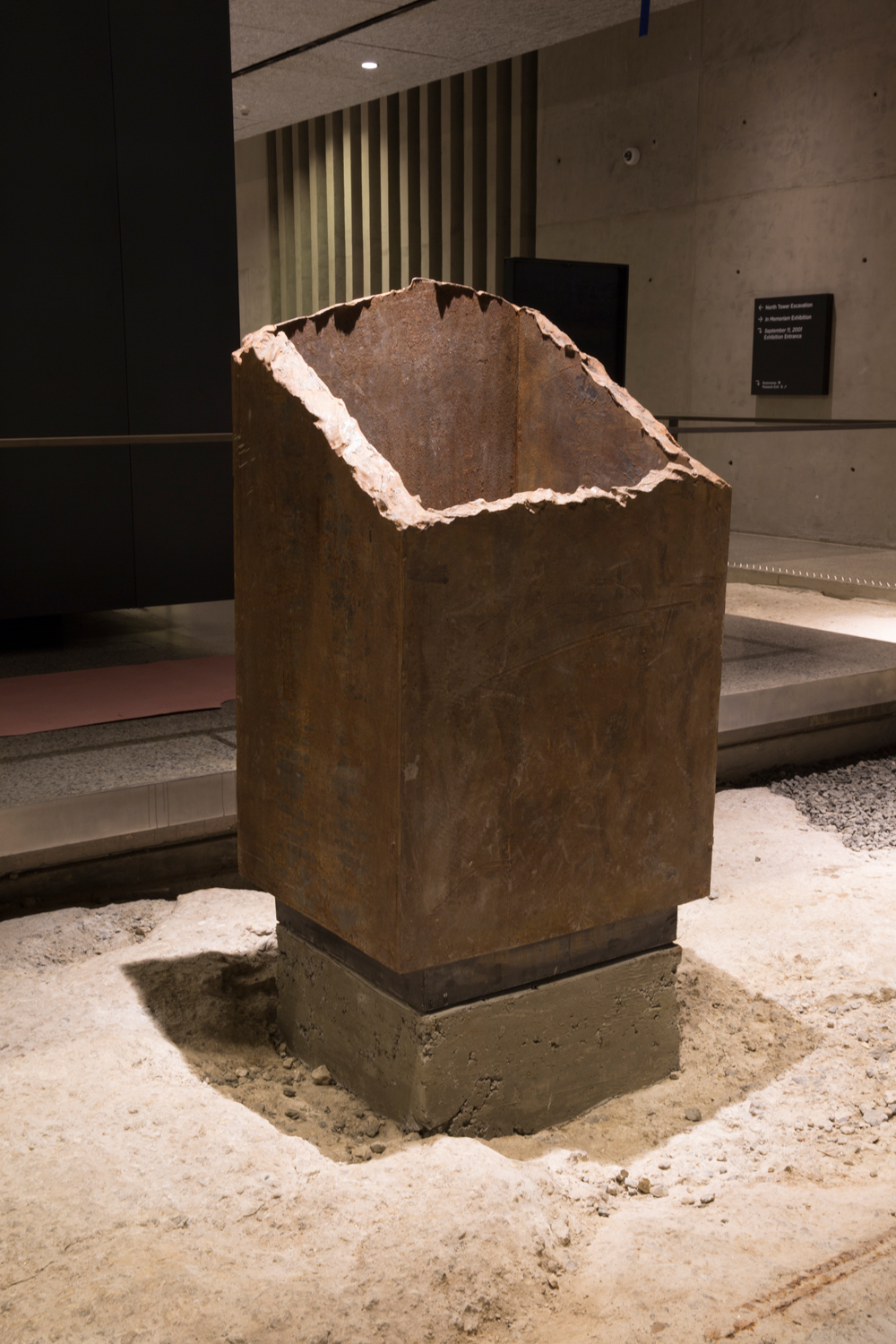
Standing box column. Photo: Jin Lee / Courtesy 9/11 Memorial Museum
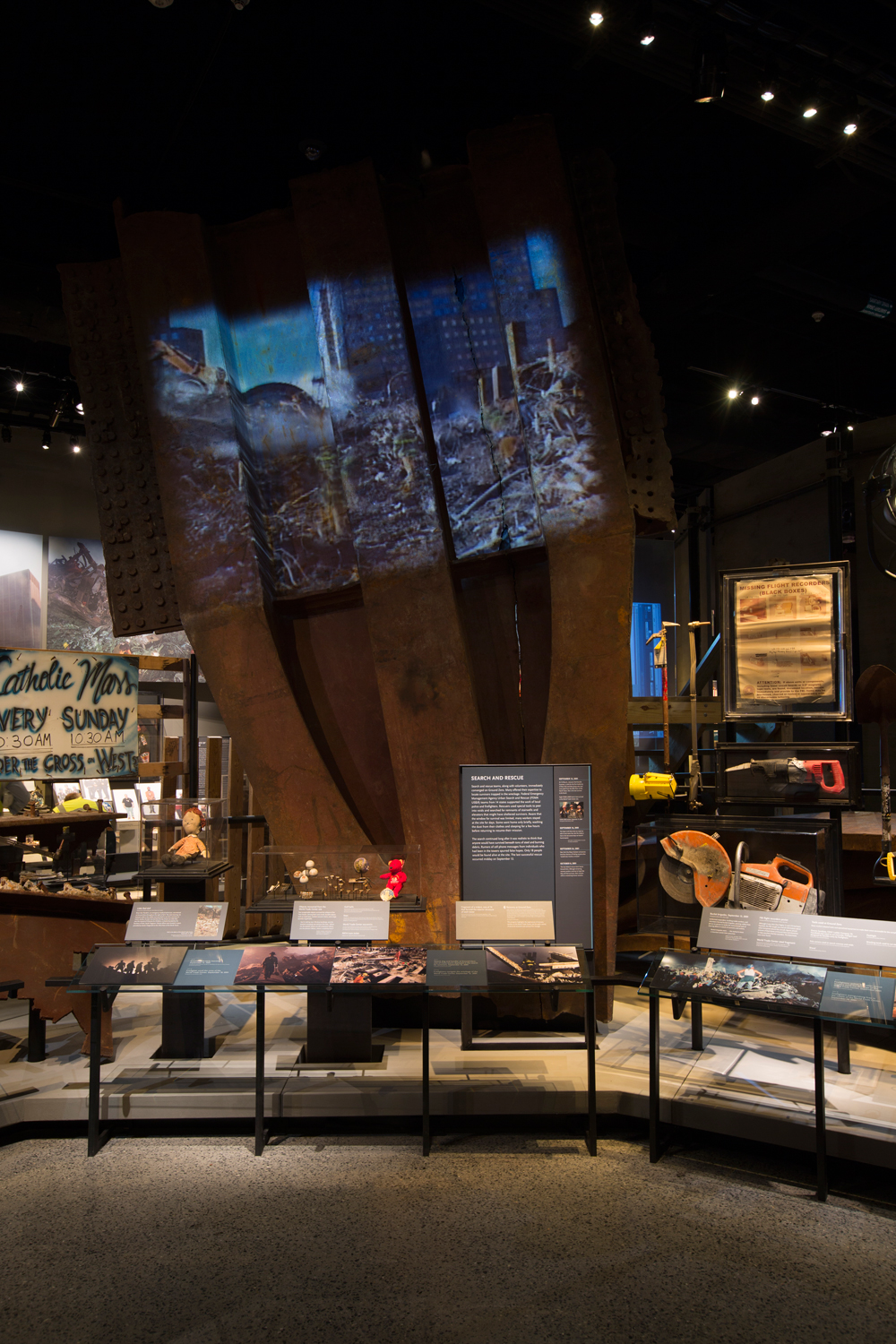
Steel trident. Photo: Jin Lee / Courtesy 9/11 Memorial Museum
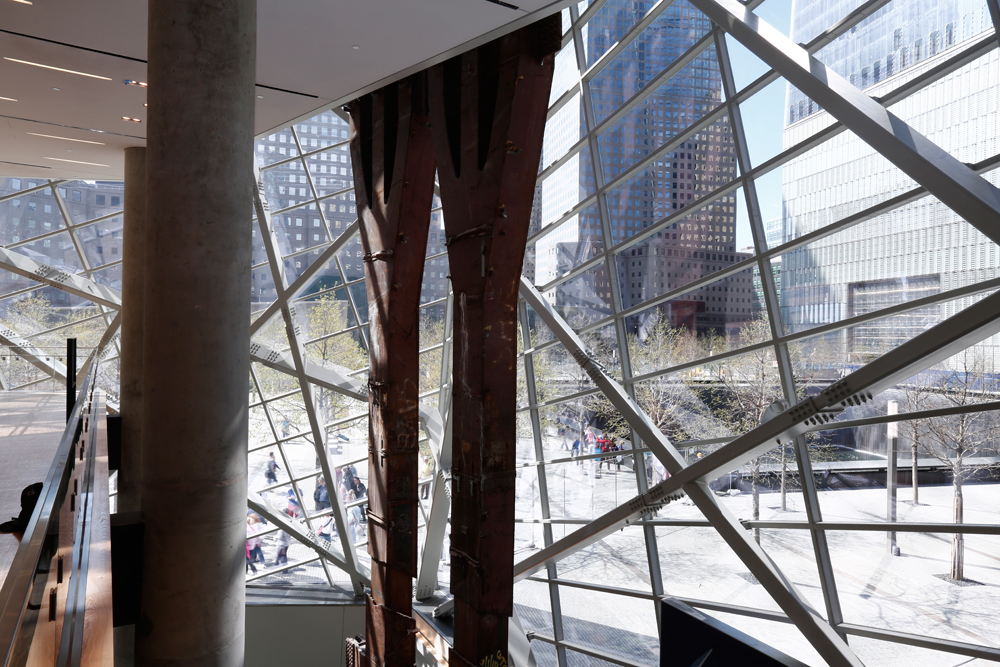
Photo: Jin Lee / Courtesy 9/11 Memorial Museum
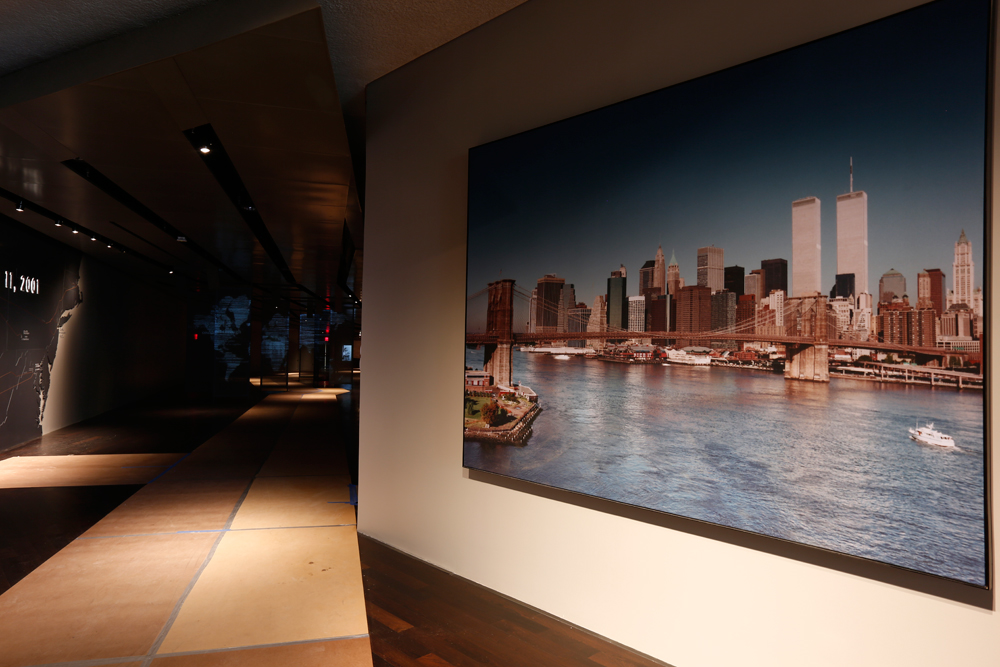
Photo: Jin Lee / Courtesy 9/11 Memorial Museum
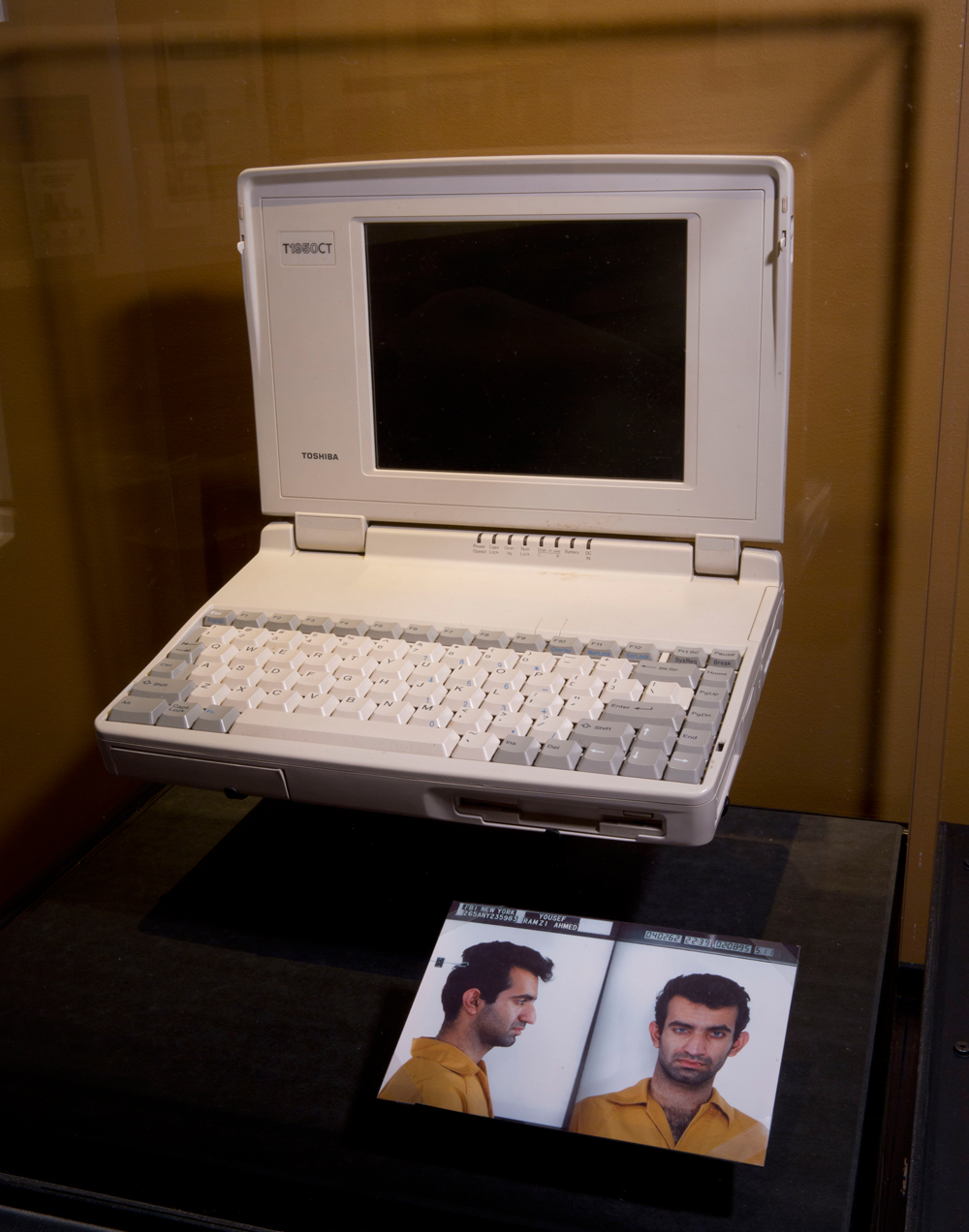
Photo: Jin Lee / Courtesy 9/11 Memorial Museum
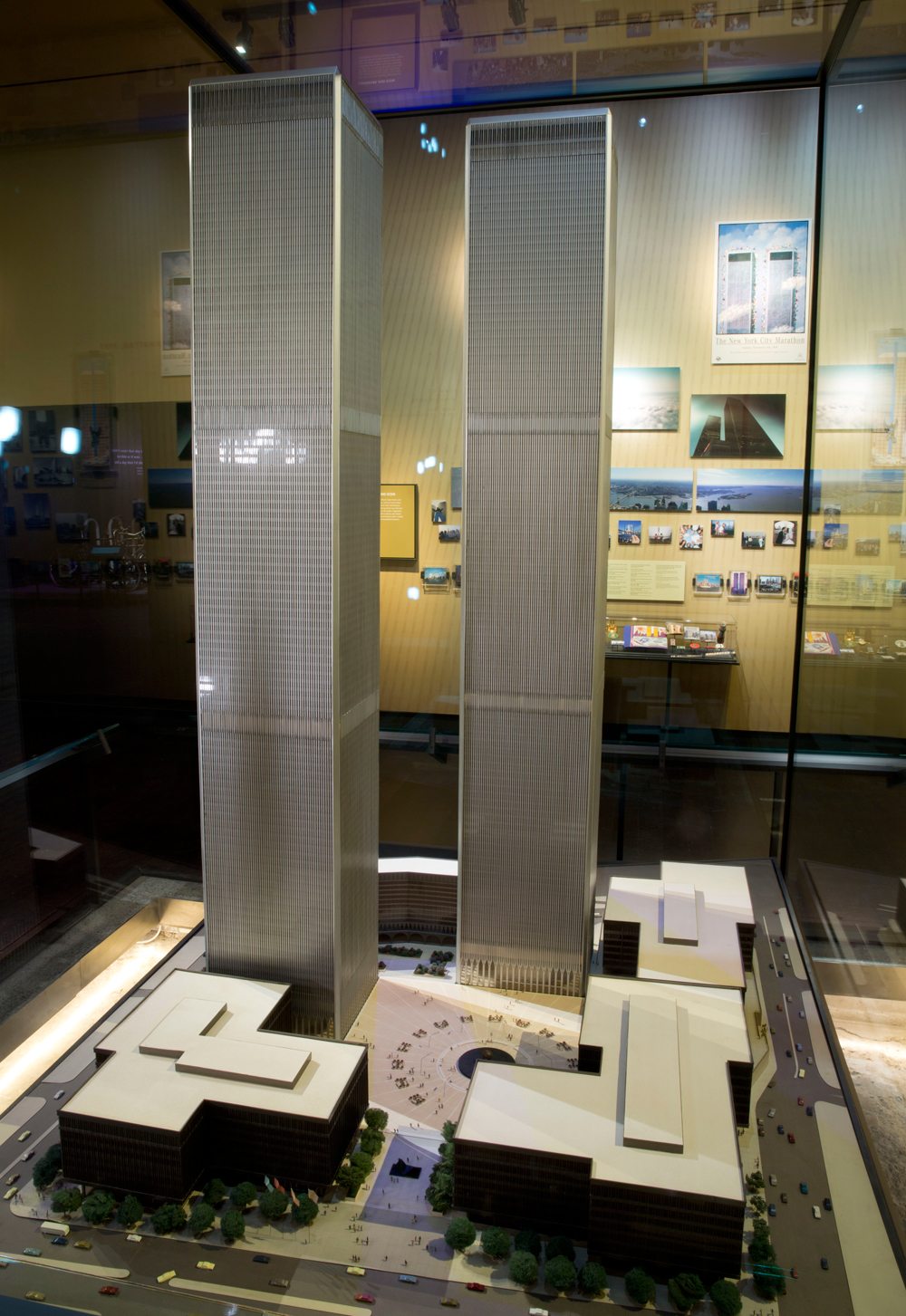
Photo: Jin Lee / Courtesy 9/11 Memorial Museum
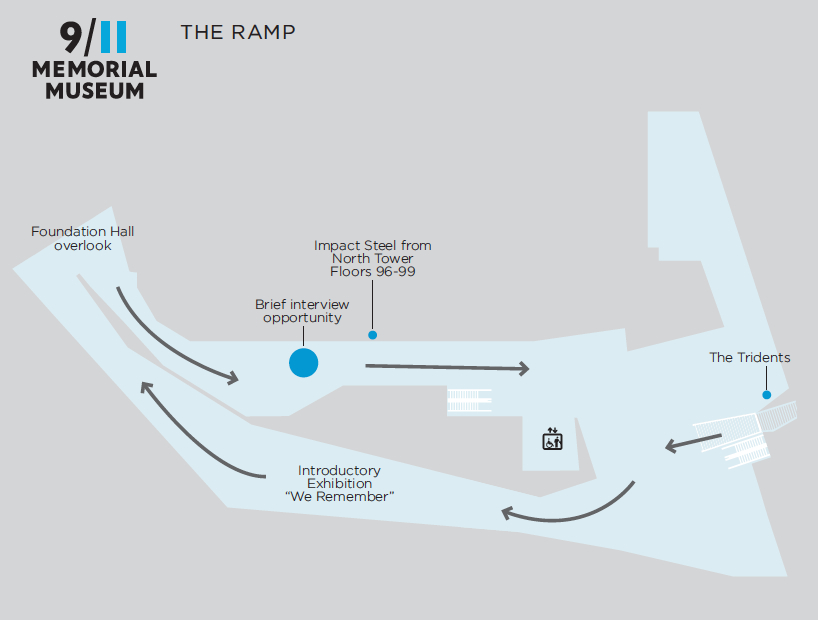
Courtesy 9/11 Memorial Museum
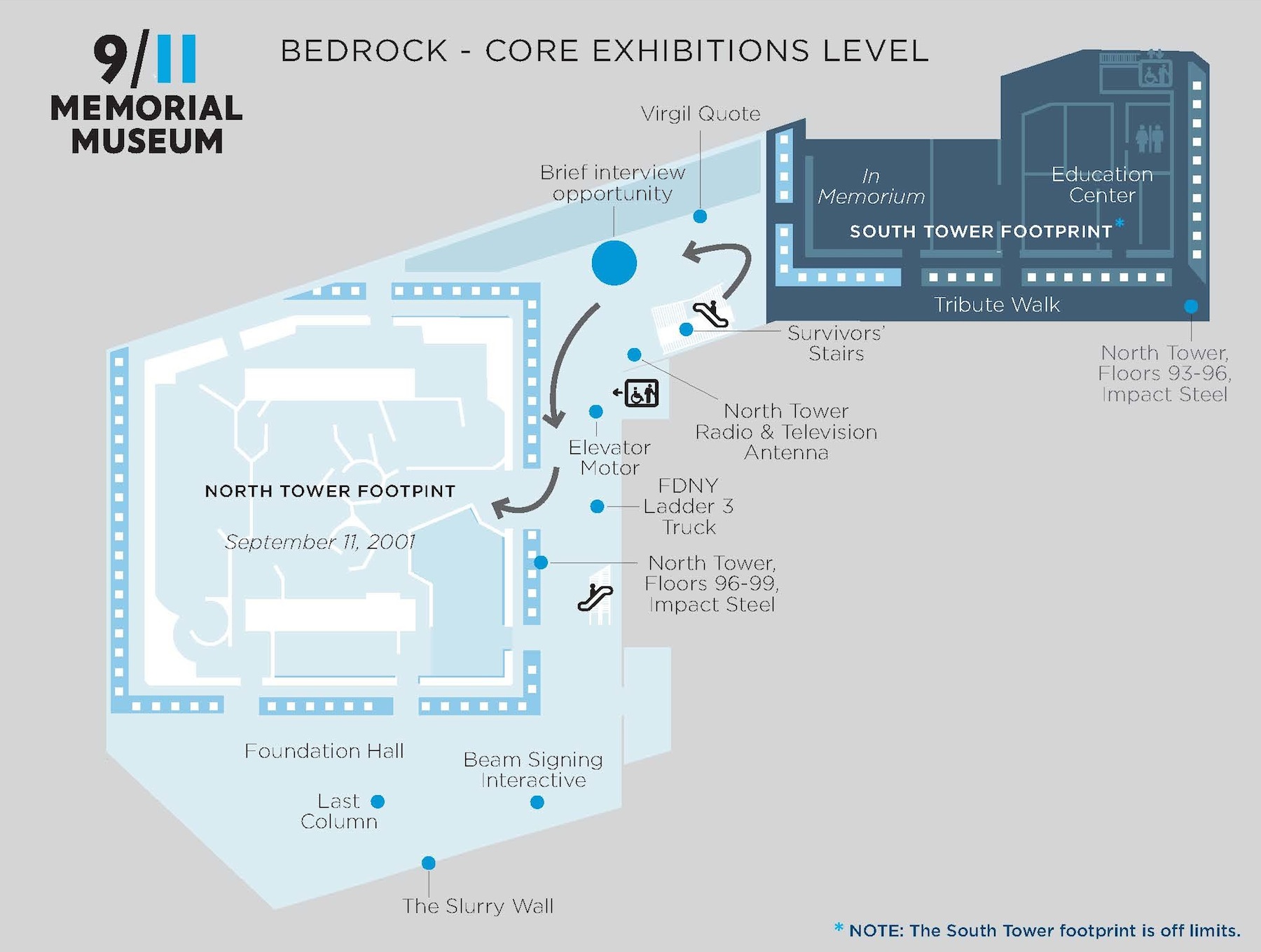
Courtesy 9/11 Memorial Museum
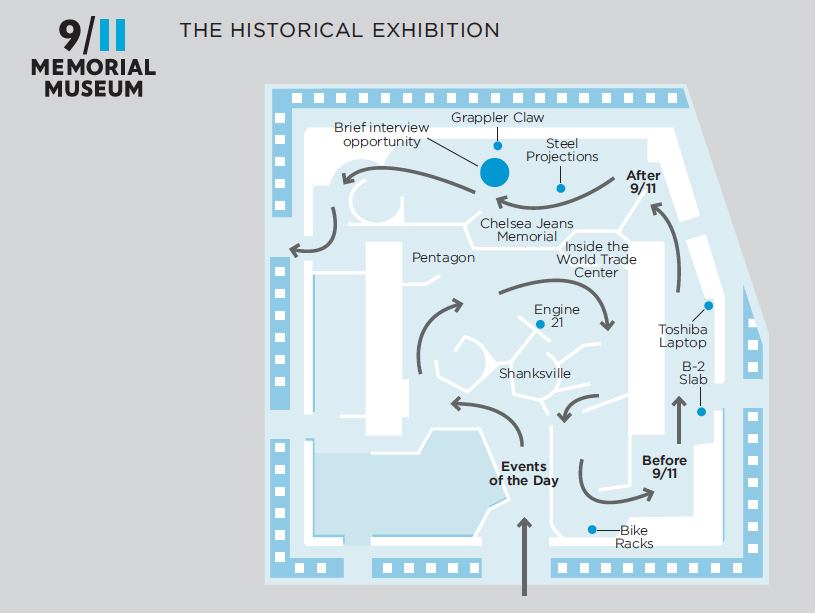
Courtesy 9/11 Memorial Museum
Related Stories
Student Housing | Apr 19, 2024
$115 million Cal State Long Beach student housing project will add 424 beds
A new $115 million project recently broke ground at California State University, Long Beach (CSULB) that will add housing for 424 students at below-market rates. The 108,000 sf La Playa Residence Hall, funded by the State of California’s Higher Education Student Housing Grant Program, will consist of three five-story structures connected by bridges.
Construction Costs | Apr 18, 2024
New download: BD+C's April 2024 Market Intelligence Report
Building Design+Construction's monthly Market Intelligence Report offers a snapshot of the health of the U.S. building construction industry, including the commercial, multifamily, institutional, and industrial building sectors. This report tracks the latest metrics related to construction spending, demand for design services, contractor backlogs, and material price trends.
MFPRO+ New Projects | Apr 16, 2024
Marvel-designed Gowanus Green will offer 955 affordable rental units in Brooklyn
The community consists of approximately 955 units of 100% affordable housing, 28,000 sf of neighborhood service retail and community space, a site for a new public school, and a new 1.5-acre public park.
Construction Costs | Apr 16, 2024
How the new prevailing wage calculation will impact construction labor costs
Looking ahead to 2024 and beyond, two pivotal changes in federal construction labor dynamics are likely to exacerbate increasing construction labor costs, according to Gordian's Samuel Giffin.
Healthcare Facilities | Apr 16, 2024
Mexico’s ‘premier private academic health center’ under design
The design and construction contract for what is envisioned to be “the premier private academic health center in Mexico and Latin America” was recently awarded to The Beck Group. The TecSalud Health Sciences Campus will be located at Tec De Monterrey’s flagship healthcare facility, Zambrano Hellion Hospital, in Monterrey, Mexico.
Market Data | Apr 16, 2024
The average U.S. contractor has 8.2 months worth of construction work in the pipeline, as of March 2024
Associated Builders and Contractors reported today that its Construction Backlog Indicator increased to 8.2 months in March from 8.1 months in February, according to an ABC member survey conducted March 20 to April 3. The reading is down 0.5 months from March 2023.
Laboratories | Apr 15, 2024
HGA unveils plans to transform an abandoned rock quarry into a new research and innovation campus
In the coastal town of Manchester-by-the-Sea, Mass., an abandoned rock quarry will be transformed into a new research and innovation campus designed by HGA. The campus will reuse and upcycle the granite left onsite. The project for Cell Signaling Technology (CST), a life sciences technology company, will turn an environmentally depleted site into a net-zero laboratory campus, with building electrification and onsite renewables.
Codes and Standards | Apr 12, 2024
ICC eliminates building electrification provisions from 2024 update
The International Code Council stripped out provisions from the 2024 update to the International Energy Conservation Code (IECC) that would have included beefed up circuitry for hooking up electric appliances and car chargers.
Urban Planning | Apr 12, 2024
Popular Denver e-bike voucher program aids carbon reduction goals
Denver’s e-bike voucher program that helps citizens pay for e-bikes, a component of the city’s carbon reduction plan, has proven extremely popular with residents. Earlier this year, Denver’s effort to get residents to swap some motor vehicle trips for bike trips ran out of vouchers in less than 10 minutes after the program opened to online applications.
Laboratories | Apr 12, 2024
Life science construction completions will peak this year, then drop off substantially
There will be a record amount of construction completions in the U.S. life science market in 2024, followed by a dramatic drop in 2025, according to CBRE. In 2024, 21.3 million sf of life science space will be completed in the 13 largest U.S. markets. That’s up from 13.9 million sf last year and 5.6 million sf in 2022.


